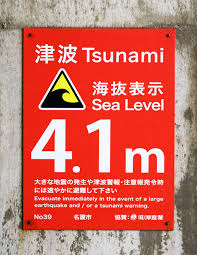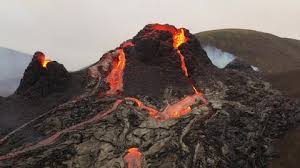Understanding Tsunami Warnings: Importance and Safety Measures

Introduction
Tsunami warnings are critical notifications that can save lives during natural disasters. With recent seismic activity around the Pacific Rim, understanding these warnings and their implications has never been more important. Tsunamis can occur suddenly and without much notice, making preparedness vital.
What Causes a Tsunami?
Tsunamis are often caused by underwater earthquakes, volcanic eruptions, or landslides. The seismic energy released during such events displaces vast amounts of water, creating waves that can travel across oceans at high speeds. The most significant risk is for coastal communities, which are often the first to be affected.
Recent Tsunami Warnings
In the past months, several regions have been on high alert following substantial earthquakes. For instance, on August 23, 2023, a magnitude 7.1 earthquake struck off the coast of Japan, triggering immediate tsunami warnings. Authorities advised residents in coastal areas to evacuate to higher ground as a precaution. Fortunately, the tsunami generated was minor, but the situation underscored the importance of emergency response systems.
How Tsunami Warnings are Issued
The process of issuing a tsunami warning involves multiple agencies, including the National Oceanic and Atmospheric Administration (NOAA) in the United States, which operates the Tsunami Warning Centers. These centers analyze seismic data and oceanic conditions and issue alerts ranging from advisory to warning based on the potential threat level. The effectiveness of these systems relies on timely communication, local preparedness plans, and public awareness.
Safety Measures
Understanding how to respond to a tsunami warning can dramatically reduce risks. Key safety measures include:
- Listening to emergency alerts on television, radio, and mobile devices.
- Having an evacuation route and emergency kit ready in the event of an alert.
- Moving to higher ground immediately if a tsunami warning is issued.
- Being aware of natural warning signs, such as strong earthquakes or sudden ocean receding.
Conclusion
Tsunami warnings play a vital role in disaster preparedness and response. As climate change and seismic activity continue to be a pressing concern, public awareness and readiness can save lives. Residents in coastal areas should regularly review emergency plans and stay informed about local tsunami response strategies. By being proactive, we can mitigate the devastating effects of these natural disasters and ensure the safety of our communities.









